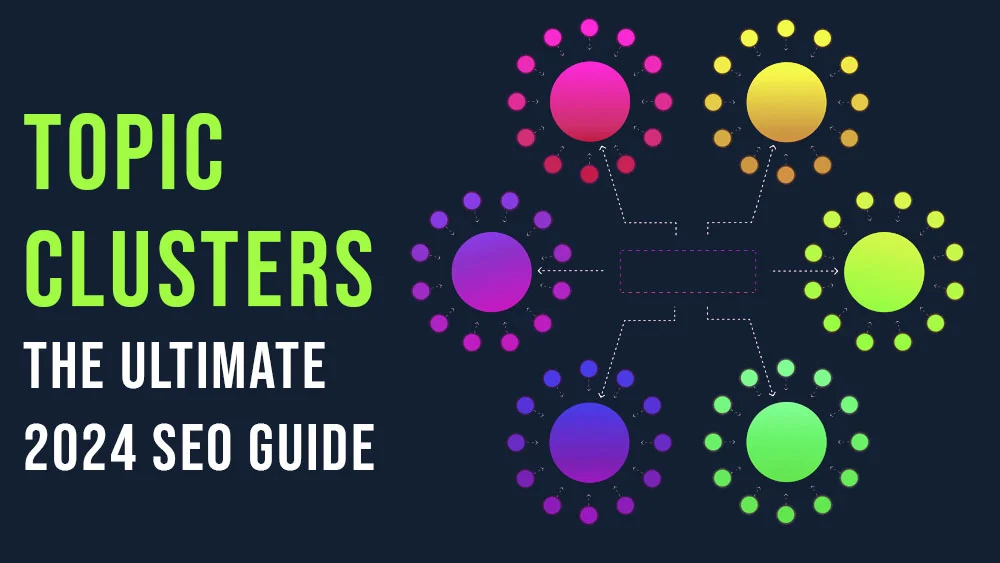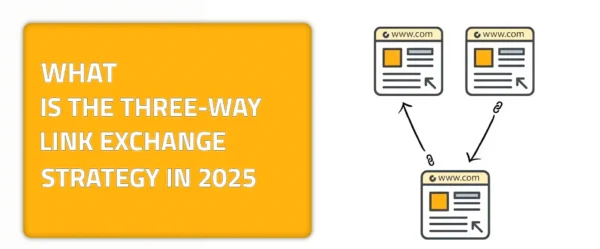As SEO strategies continue to evolve, one powerful approach has gained widespread attention: the use of topic clusters. Understanding what topic clusters are is of the essence to being able to use this approach. So what exactly are topic clusters, and why have they become so essential for SEO in 2024? At its core, a topic cluster is a content model that organizes related pieces of content around a central theme, or what we call a “pillar” page. This approach has been proven to improve search rankings by creating a network of related content that signals to search engines the depth of expertise on a specific topic. Why has SEO shifted so significantly towards topic clusters?
The answer lies in how search engines, particularly Google, have grown more sophisticated in understanding context and intent. Instead of relying solely on individual keywords, Google now favors comprehensive content that answers multiple questions. Additionally, content that meets various user intents around a specific given topic. This is where topic clusters shine. Simply put, they group related articles that delve into different aspects of a topic, creating a unified structure. By adopting topic clusters, you’re effectively aligning your content strategy with the way search engines are operating in 2024.
The Core Components of Topic Clusters: Understanding What’s Beneath Them
To create a topic cluster, there is a need for two main components. These two components are pillar content and cluster content. Pillar content serves as the cornerstone. It is like a broad, in-depth article that covers the main topic in detail. Cluster content, on the other hand, explores subtopics. Small ones that link back to the pillar page. Imagine a “Health and Wellness” website where the pillar page focuses on “Nutrition for Optimal Health.” Cluster content might include articles on “Benefits of Whole Foods,” “The Impact of Sugars on Energy Levels,” and “Essential Nutrients for Vitality.” Together, these elements create a comprehensive web of content that improves SEO and user engagement.
Building Comprehensive Cluster Content: Examples and Tips
Once your pillar content is ready, the next step is creating cluster content. These pieces should each focus on a specific angle or subtopic, providing depth and additional value. For example:
- If your pillar page is about “Digital Marketing Strategies,” cluster topics could include “The Power of Email Marketing,” “Social Media Engagement Tips,” and “SEO Basics for Beginners.”
- Each cluster article should link back to the main page, reinforcing the overall topic and building authority.
Consider exploring long-tail keywords and common user questions in your cluster topics to address specific needs and intents. By offering a range of related content, you’ll increase your chances of ranking for various queries within your niche.
Interlinking Strategies for SEO Success
Interlinking is one of the most crucial strategies within a topic cluster framework and is often referred to as the backbone of an effective SEO organization. You’re creating a powerful web of content that sends clear relevance signals to search engines. That is, by connecting each cluster article to its pillar page and, where relevant, to other related cluster pages. This strategic linking reinforces the relationship between the central pillar and its supporting topics, boosting your authority and visibility for related search queries. So, what’s the best way to approach interlinking?
A good rule is to link each cluster post back to the pillar page within the first few paragraphs and, when relevant, to other cluster posts within the same topic group. But be careful—too many links can dilute your message and confuse readers. Aim for natural, contextually relevant links to make the content flow smoothly. Interlinking also benefits site structure, guiding users intuitively through related topics, which can enhance user engagement, improve crawlability, and strengthen overall rankings. In short, interlinking done right can be a transformative part of your SEO strategy.
Benefits of Using Topic Clusters in 2024 SEO
Topic clusters offer several benefits for websites looking to stay ahead in 2024’s competitive SEO landscape. But why exactly are they so effective? Here are some key reasons to invest time and resources into topic clusters:
- Enhanced SEO Performance: Organizing content into clusters increases keyword ranking potential, as each article supports the others, showing search engines the depth and breadth of your expertise.
- Improved User Experience: An organized structure, with easy-to-follow links between related articles, enhances usability by providing readers with a guided path to additional, relevant content, which keeps them engaged longer.
- Authority Building: Regularly publishing interconnected, high-quality content positions your site as a credible resource in your niche, which can result in improved rankings and greater trust from users.
- Increased Conversion Opportunities: When you address different aspects of a topic, you capture readers at multiple stages of their journey, boosting the likelihood of conversion.
For businesses in crowded markets, topic clusters offer a strategic advantage, enabling them to stand out and provide real value through organized, in-depth content. With this approach, you’re not only targeting specific keywords but also creating a comprehensive content experience that addresses users’ questions and needs.
Challenges and Common Mistakes with Topic Clusters
While topic clusters offer numerous advantages, they also present unique challenges and common pitfalls, particularly for businesses just starting to adopt this model. What mistakes should you avoid? One frequent issue is selecting overly broad pillar topics, which can result in content that lacks focus and fails to engage readers. Additionally, failing to properly interlink cluster articles and pillar pages often means missing out on the core SEO benefits that make topic clusters so effective.
Another common problem is publishing cluster content without sufficient research, resulting in low-quality, shallow articles that don’t satisfy users or search engines. To avoid these mistakes, ensure that your pillar and cluster content is centred around clearly defined, well-researched topics and that interlinking is done thoughtfully. Each link should be contextually relevant and add value to the user’s journey. This attention to detail will not only strengthen your SEO strategy but also improve the readability and effectiveness of your content.
The Future of Topic Clusters in SEO: Trends to Watch
As search engines evolve, topic clusters are expected to become even more impactful in the SEO world. So, what does the future hold for topic clusters in SEO? One notable trend is the increasing emphasis on E-E-A-T (experience, expertise, authoritativeness, and trustworthiness), which underscores the importance of credible, reliable content within clusters. Google and other search engines are now rewarding content that demonstrates depth, authority, and expertise, which aligns well with the structured approach of topic clusters. Another trend is the integration of multimedia, such as videos, infographics, and podcasts, into topic clusters.
As user preferences shift toward diverse content formats, topic clusters that incorporate multimedia will cater to different learning styles and improve user engagement. AI is also reshaping topic clustering by helping marketers identify trending topics and optimize interlinking structures. To stay competitive, businesses should adopt these trends and experiment with mixed media and E-E-A-T-driven strategies, ensuring that their clusters remain dynamic and authoritative.
In Conclusion
Topic clusters have fundamentally changed how SEO works, offering a structured approach that aligns well with evolving search engine algorithms. By organizing content around thoughtfully chosen pillar pages and supporting them with interlinked clusters, you’re building a comprehensive content experience that enhances search rankings, improves user engagement, and establishes your site as a reliable source of information.
For those looking to implement an effective SEO strategy in 2024, topic clusters are essential. If you’re ready to take your content to the next level with high-quality backlinks that can drive even greater results, visit linkexchange.ai. Our platform connects you with powerful link-building opportunities that can elevate your SEO efforts, helping you make the most of your topic clusters for lasting success.










